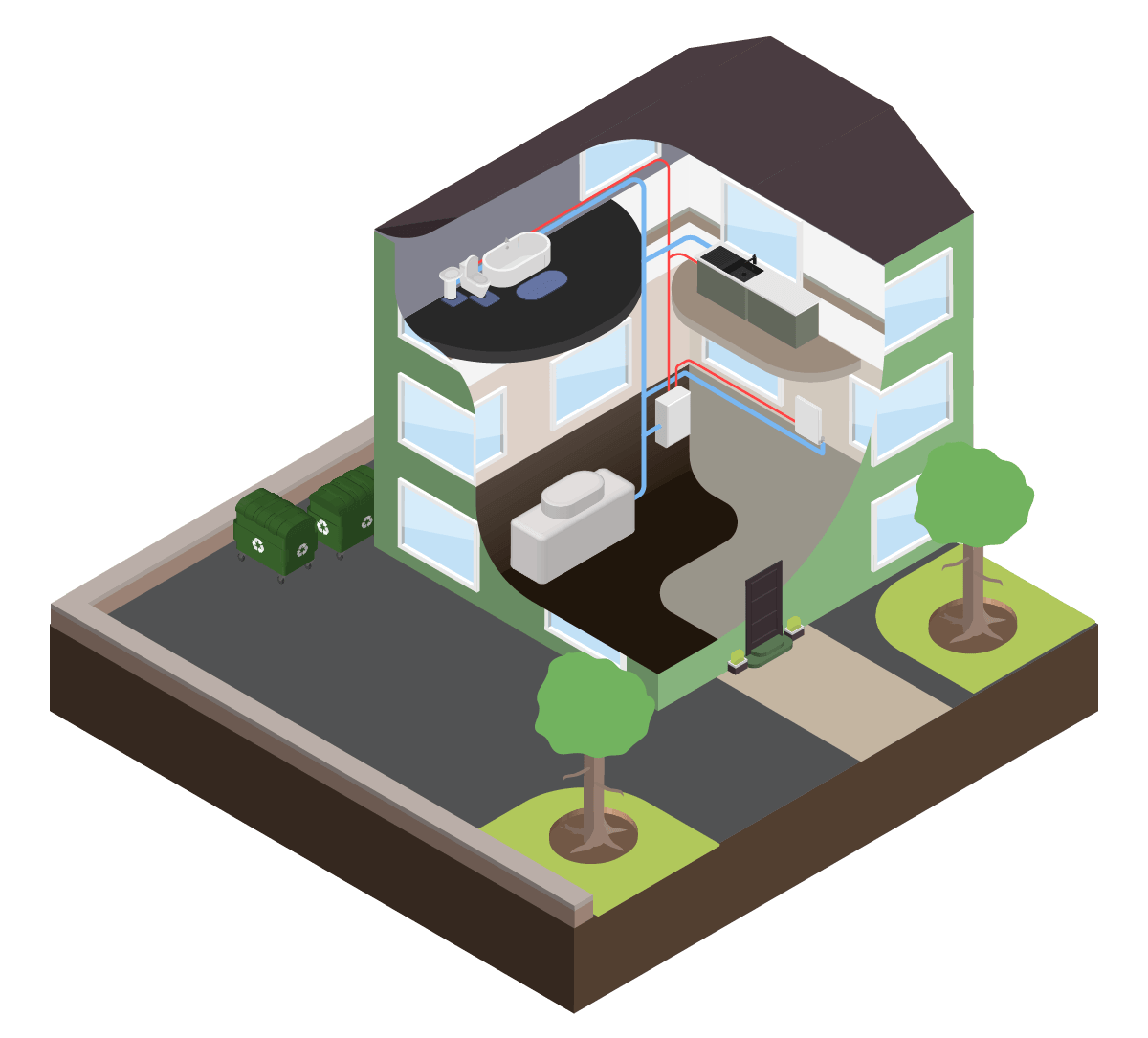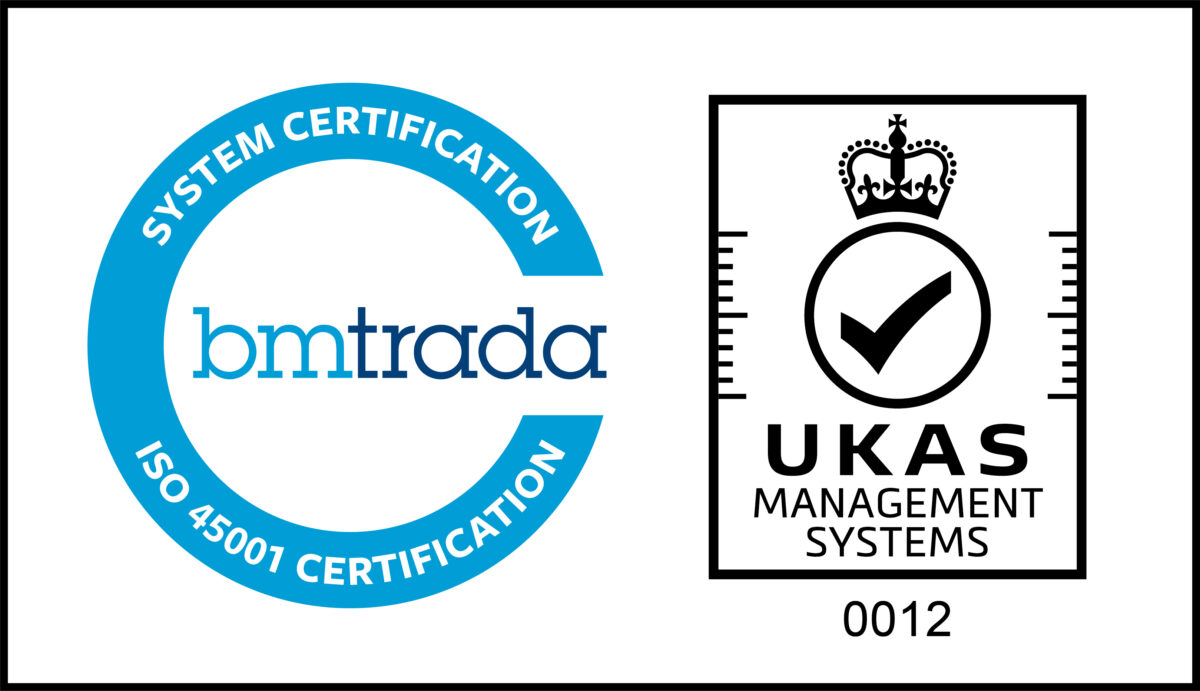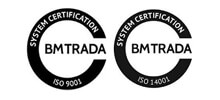Water Storage Tanks
Willow Pumps can install, replace, manage, and care for water storage tanks in residential, commercial, and industrial buildings throughout the UK. We work with facilities managers, building maintenance engineers, technical contractors, building owners and others to ensure the care of their water tanks.
Our engineers are experts in the industry, and we work in all capacities. So, whether you need a bespoke design or a mass-produced tank, we can design and install a solution to meet your requirements and budget.
Our engineers will also look after all your water storage tank maintenance and hygiene requirements to ensure your systems remain compliant with health and safety standards.
Why use water storage tanks?
We install water tanks to ensure a constant water supply for a building’s occupants or operations. Water authority bylaws prevent a pump from being connected directly to the water supply, so a tank must be incorporated into the design when a water booster set is installed.
The capacity of the tank will depend on water usage, and we can design and install tanks of all shapes, sizes, and specifications. We can also replace old and corroded tanks for newer models.
All water tanks are WRAS-approved, and we can supply and fit sectional, one-piece, externally flanged, and internally-flanged tanks.

Water hygiene services
Once tanks have been installed, they must be maintained regularly to ensure there are no potential issues with salmonella bacteria. Willow Pumps can provide complete water hygiene management and legionella control services.
Willow Pumps can consult with you on all your water hygiene management needs. We can also check the quality of your water and provide you with a Health & Safety Executive (HSE) approved certification.
Together this service proves that your water management programme is fit for purpose and that the water is free from potentially deadly bacteria. Depending on the level of water hygiene service you are looking for, we can:
- Carry out a visual check on the condition of your freshwater tanks
- If required, clean and chlorinate your tanks
- Take water samples to check the tank is clear of deadly bacteria
- Check that the temperature of water at outlets meets the required standards
- Check your system for dead legs, which can all harbour harmful bacteria.
How to reduce the risk of Legionella
Water will start to degrade in as little as seven days when it is stored or recirculated in a system. Therefore, regular flushing out of the old water and refreshing with new water from the mains is essential to reduce water degradation and achieve water turnover within the tanks.
- Where the temperature of the water system is maintained between 20-45°C, Legionella can proliferate, so water must be regularly flushed through the system.
- Deposits in water tanks or systems such as rust, sludge, scale, and organic matter, can support bacterial growth. This will need to be removed annually as per the ACoP L8 guidance.
- Areas where water droplets can be produced create conditions in which Legionella can be ingested by employees, contractors and visitors. Exposing people to these dangerous bacteria could cause serious harm. The areas most at risk include mist in a shower, irrigation systems on the grounds, kitchen wash-down hoses if left dormant, and external wash-down sites.












